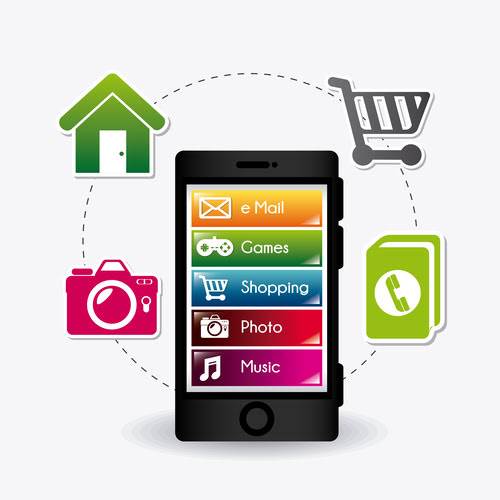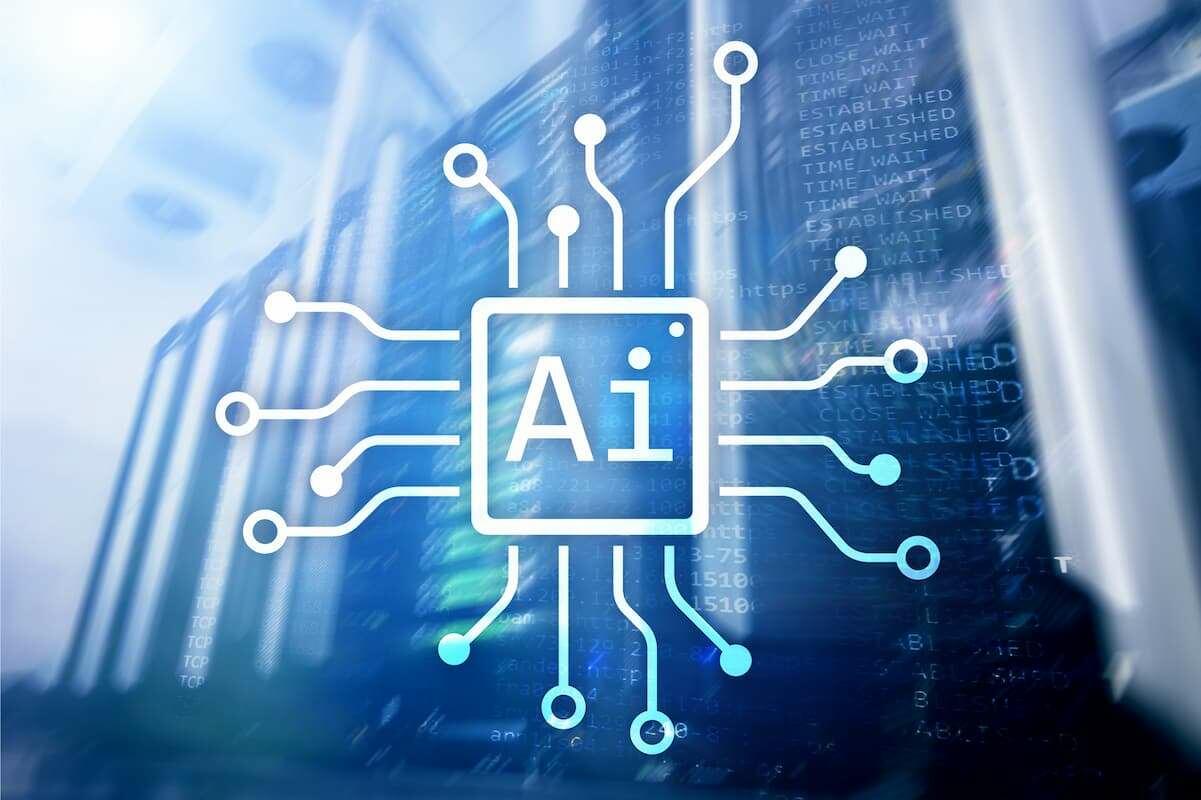Software development
Edge Computing Vs Fog Computing Vs Cloud Computing
Server-based fog computing is good for applications that require extra computing power than edge units can provide. Fog computing is a distributed computing mannequin that is designed to enhance edge computing. It extends the capabilities of edge computing by providing a layer of computing infrastructure between the sting units and the cloud. This infrastructure is called the fog layer, and it provides additional computing resources and companies to edge gadgets. There is one other approach to information processing much like fog computing — edge computing. The essence is that knowledge is processed immediately on gadgets with out sending it to other nodes or information facilities.
At a fundamental degree, cloud computing and fog computing are related in that they each involve the remote use of computing power and sources. However, when it comes to capability, there are some important differences between the 2 approaches. In general, cloud computing is better suited to duties that require large amounts of processing energy, such as big knowledge analytics and complex modeling. This type of fog computing relies on the computing energy of servers positioned within the fog layer to course of and analyze knowledge.
- Without a layer, a cloud must interface and work together with end gadgets immediately, which takes longer than using fog computing.
- Deploying bodily servers and different technological infrastructure can take weeks or even months.
- Connecting your organization to the cloud, you get access to the above-mentioned providers from any location and via completely different units.
- If real-time response and privateness are paramount, fog computing will be the more sensible choice.
- Cloud computing depends heavily on centralized networking and communication, utilizing large knowledge centers to connect users to information and functions.
By utilizing cloud computing companies and paying for what we use, we are able to avoid the complexity of proudly owning and maintaining infrastructure. We’ve already obtained used to the technical time period cloud, which is a community of multiple gadgets, computers and servers related to every other over the Internet. Fog computing has a number of unique characteristics that make it an attractive possibility for organizations trying to course of information in real time. Its response time will vary as a result of bandwidth limitations and latency.
Basics Of Cloud Computing
Moreover, fog computing tends to be better suited for smaller networks with decrease throughput necessities than bigger ones. After going by way of the article thoroughly, you possibly can easily tell the distinction between fog and cloud computing. In this mannequin, software program and recordsdata are not stored on a local onerous drive. Instead, a network of linked servers is used to store and answer totally different queries. The availability of companies from anywhere, anytime, makes it a extremely well-liked service in the fast-paced expertise world.

Fog computing is extra environment friendly because knowledge is processed closer to the source, which reduces latency. It can also be safer as a result of data does not need to journey as far and is, therefore, less likely to be intercepted. On the other hand, fog computing is extra appropriate for smaller-scale purposes that have minimal bandwidth requirements. This implies that information has to travel all the best way from one consumer’s gadget as a lot as a centralized server and again down once more in order to be processed by different users. At the same time, Fog computing systems typically have a lot lower latency as a end result of their decentralized nature.
Cloud Computing: Definition, Benefits, And Limitations
With cloud computing, a central community of storage and processing assets is used, typically comprising hundreds or even tens of millions of nodes. The reliance on an web connection introduces latency, which may not be appropriate for purposes requiring real-time response. Moreover, concerns about information privateness and security come up when sensitive knowledge is transmitted and stored on distant servers. Additionally, the price of cloud companies can be a vital factor, particularly for IoT projects with massive information volumes.
However, cloud computing experiences high latency as a end result of the info has to journey to the centralized server. So, edge and fog computing are greatest suited for use instances where the IoT sensors could not have one of the best internet velocity. The centralized nature of a cloud system results in high latency, while fog methods experience low latency due to their decentralized nature. We are already used to the technical term cloud, a community of multiple units, computer systems, and servers related to the Internet. But still, there is a difference between cloud and fog computing on certain parameters.

Fog computing could be geographically distributed, but usually, it is extra localized and will only operate from one geographic location. Contrarily, cloud computing is geo-distributed because it uses a community of cloud servers located in multiple geographical areas. Fog computing brings the information storage and processing energy nearer to the person. Especially for IoT structure, each computing models play essential roles.
Edge, Fog, And Cloud Computing: What’s The Difference?
Data could be processed and analyzed locally, lowering the need to transmit delicate knowledge to remote cloud servers. The proximity of fog nodes to knowledge sources allows localized safety measures and better management over knowledge transmission. Cloud computing depends on centralized data facilities, usually located in remote areas, serving a broad range of purchasers over the web. The physical distance between the cloud infrastructure and end-users can introduce latency and potential bandwidth limitations. To overcome the challenges and maximize the benefits of each fog computing and cloud computing, it is often advisable to combine these two fashions in IoT projects.

It comprises several edge nodes that assist you with a direct reference to any physical hardware. By connecting your organization to the Cloud, you’ll be able to access the services mentioned above from any location and through numerous units. Devices at the fog layer usually perform networking-related operations similar to routers, gateways, bridges, and hubs. The researchers envision these gadgets to perform both computational and networking duties concurrently. Cloud computing service suppliers can profit from vital economies of scale by providing related services to prospects.
Scalability And Flexibility
Whereas cloud computing relies closely on centralized servers and communication channels, Fog computing spreads resources extra evenly all through the community. There are some key variations by method of where these companies are actually fog computing vs cloud computing situated. This permits it to offer quicker response instances and safer information handling but comes with certain constraints when it comes to scalability.
Magazine’s 5000 fastest rising corporations, designs and constructs data facilities for some of the world’s largest hyperscalers and cloud suppliers on campuses throughout the globe. Compass embraces a long-term perspective with the monetary power of buyers Ontario Teachers’ Pension Plan and Brookfield Infrastructure. In addition to offering fast and easy accessibility to info, cloud computing additionally allows for real-time collaboration among individuals and organizations. Here, we lined the fundamentals of fog computing and cloud computing; and how these two can be implemented in IoT. The good thing for the users is fog and cloud computing can complement one another.
Cloud fails without an web connection, whereas Fog succeeds even without one because it follows many procedures and guidelines. A layer of fog lies between a cloud and digital equipment like a computer, laptop computer, or telephone. The information transfer takes less time since fog nodes serves as a intermediary. Without a layer, a cloud must interface and work together https://www.globalcloudteam.com/ with end devices immediately, which takes longer than utilizing fog computing. In cloud networks, info should journey to the server from one user’s device and again all the way down to the other customers. However, in fog networks, the information will get processed at a local stage.

As a end result, data is processed faster and more efficiently with fog computing than with cloud computing, making it a extra fascinating option for applications that require real-time responsiveness. Whether it’s streaming video or interacting in a digital setting, completely different traits of fog computing offer a level of speed and agility that the cloud merely can’t match. When we talk about fog computing vs cloud computing, there are numerous important components to think about. On the one hand, cloud computing offers unparalleled safety, with powerful encryption and data safety mechanisms to maintain your information protected from unauthorized entry or manipulation.
In contrast to cloud computing, the place resource administration may be spread or centralized, fog computing centralizes it. Fog is an intermediary between computing hardware and a distant server. It controls what information must be despatched to the server and could be processed regionally.
It ought to be famous that fog networking isn’t a separate architecture. It doesn’t exchange cloud computing however complements it by getting as close as potential to the source of data. One should observe that fog networking is not a separate architecture and it doesn’t replace cloud computing but quite complements it, getting as close to the source of information as potential. They rely on sensors and cameras located all through the vehicle to collect data and make decisions about the means to navigate and operate the vehicle.
Edge computing is particularly useful for IoT initiatives as a outcome of it supplies bandwidth savings and improved data security. This kind of fog computing relies on the computing power of edge gadgets to process and analyze data. Client-based fog computing is ideal for purposes that require real-time processing, corresponding to autonomous automobiles and industrial IoT. Because cloud servers are hosted off-site in devoted data centers, they will rapidly respond to person demand by tapping into additional sources and scaling as much as meet increased needs. In distinction, fog computing depends on native hardware, which can be slower to reply as a outcome of factors similar to latency and limited bandwidth.
